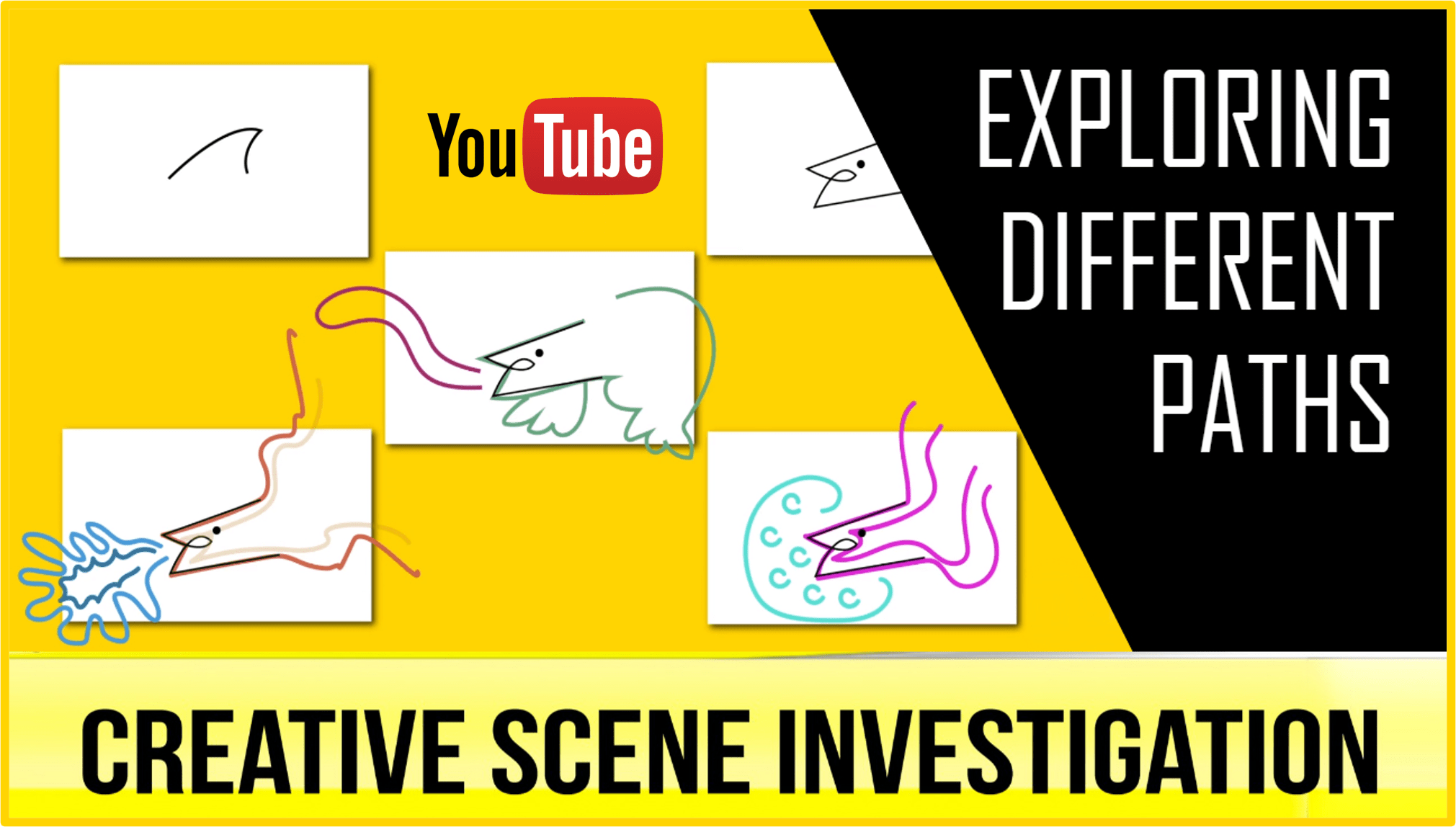Part 6: Experiment and Explore Different Paths
By Gaia Grant
Creative ideas without applications are just ideas. It is not enough to simply brainstorm and generate novel concepts. If there is no application and follow through there can be no innovation implementation.
To apply creative thinking, it’s important to identify the best possible solutions – even if they might seem irrational or unreasonable at first, then to explore all potential paths to implementation. This will help to identify ideas might work in practice. This is an experimenting, prototyping and testing stage.
Fearless curiosity + follow through
Children are naturally great at creative thinking. They have fabulous imaginations based on an innate curiosity, spontaneity, and often unnerving fearlessness. If allowed to play freely, children display exceptional divergent thinking skills. In fact 98% of children aged 3-5 score as geniuses on divergent thinking tests, while only 2% of adults achieving the same result!
Then why then do children’s paintings not hang in art galleries? Why don’t children go onto actually invent new innovations and solve critical problems using their creativity? Leading creativity neuroscientist Baroness Dr Susan Greenfield explains that while children are strong in divergent thinking for generating ideas, they do not yet have the skills for convergent thinking to synthesise and process ideas for implementation. This is a skill we develop as adults, but as this stage of the creative process involves a great deal of perseverance and follow through.
The importance of a solution focus
This SOLVE mode of the strategic creative thinking process is where it’s time to develop a solution focus based on convergent thinking.
When you come down from lofty ideas you need to start looking to identify, analyse and refine the potential solutions before you can ground them. This is best done by both experimenting (testing) and exploring different paths (protoyping) to find the best solution to focus on for implementation.
Play with the problem to prototype
John Cleese believes that creative professionals play with the problem longer than others and tolerate the discomfort of not having a clear solution from the outset. But most leaders today feel they need to be quick and decisive – so they follow the most obvious paths and can miss seeing better options.
Take the time at this stage to identify potential implementation scenarios and recognise potential paths to implementation. Using or referring back to a customer journey map is helpful here, to outline potential new courses of action and test how effective they might be.
This should prepare you well for the final critical stage of implementation.
Reflection questions:
- Is this area a strength or a challenge area for you?
- Are you competent at follow-through?
- Do you feel comfortable taking time to play with the problem to test the best solution(s) and not simply go with the most obvious?
- Are you able to switch to a solution focus when needed?
- Identify a time when you didn’t simply run with the first most obvious solution, but were flexible enough to explore the potential outcomes of different possible solutions.
Exercises to practice this strategy:
- Schedule time into project planning to explore potential solutions to make sure they work.
- Use ‘scenario planning’. For example, you can imagine the project / idea has failed and ask why it happened (do a ‘pre-mortem’).
- Map the potential solution process and use creative thinking for identifying potential pain points and opportunities for major breakthroughs.
- Ask if there might be a faster, cheaper, better way to apply the solution concept(s) and achieve the desired results.
If you are interested in learning more about “Exploring Different Paths” as a key strategy to help develop creativity watch the video here and see a sneak peek at the other strategies to prepare for Design Thinking.

Gaia Grant (PhD) is a lecturer and researcher at the University of Sydney Business School in the Discipline of Strategy, Innovation, and Entrepreneurship, focusing on research into innovation paradoxes and ambidextrous leadership. Gaia is also a Director of Tirian Innovative Solutions, & the co-author (with Andrew Grant) of a number of books including ‘The Innovation Race’, and “Who Killed Creativity?”.

Andrew Grant is the Director of Tirian Innovative Solutions, and co-author (with Dr Gaia Grant) of a number of books including ‘The Innovation Race’, and “Who Killed Creativity?”.



